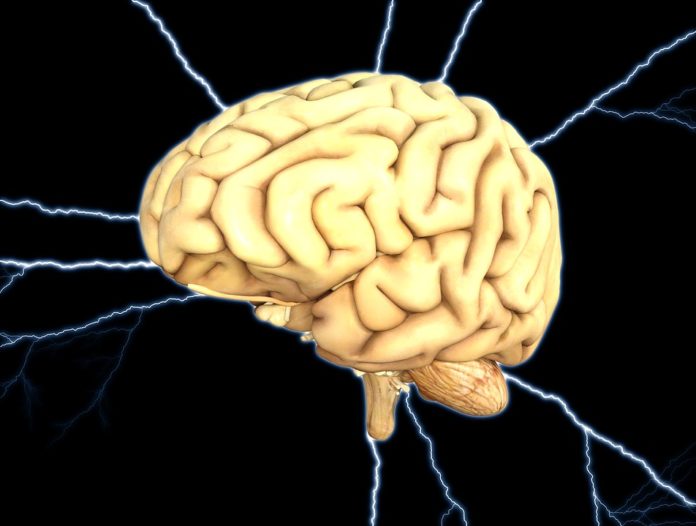Optogenetics is a generally received research procedure in the field of neuroscience that makes utilization of visible light to actuate or restrain neurons in the cerebrum. However, it enables researchers to understand brain functions in a minimally invasive manner.
The inability of visible light to infiltrate into profound cerebrum structures, be that as it may, remains a noteworthy trial challenge for this strategy, and current profound mind incitement still requires the addition of an optical fiber straightforwardly into the mind.
Now, scientists at the National University of Singapore (NUS) have developed a novel approach for deep brain stimulation using upconversion nanoparticles. the upconversion of nanoparticles allows delivery of visible light deep into the brain to stimulate neural activities in a less-invasive manner.
Scientists primarily explored with near-infrared light, known to possess significantly higher tissue penetration capability and also relatively safe for biological samples. They then utilized a two-step process, upconversion nanoparticles are first introduced into the brain by transcranial injection. After achieving profound brain, the embedded upconversion nanoparticles, a one of a kind gathering of luminescent nanomaterials fit for changing over close infrared light into visible light at that point produces noticeable light which acts to invigorate the neurons.
Scientists found that the procedure has appeared to be powerful in activating memory review and dopamine discharge in the group’s examinations.
Prof Liu, who is the co-author of the study, said, “We have addressed a long-standing experimental challenge faced by neuroscientists with the latest nanotechnology, and it has proven to be an effective strategy for delivering excellent deep brain stimulation with once unimaginable precision. Neuroscientists can, therefore, leverage this method to visualize the brain state and uncover new clues that will pave the way for novel therapeutic strategies against neurological disorders such as Parkinson’s disease.”
Scientists also noted, “This novel approach offers a simpler, less-invasive alternative to fiber-optic implantation for deep brain stimulation, and holds immense potential in facilitating advancement in neuroscience.”
The study was published in the prestigious scientific journal Science on 9 February 2018.
